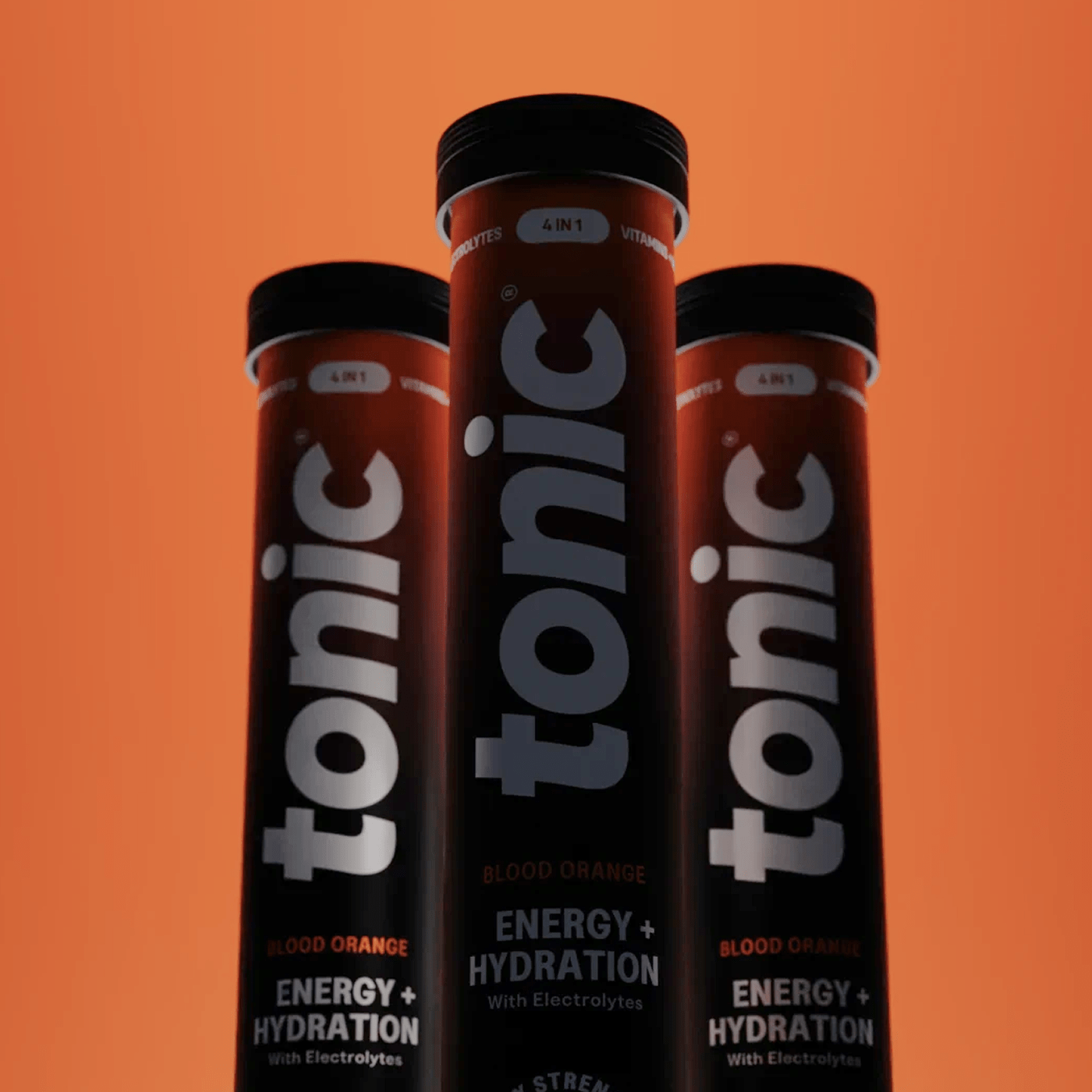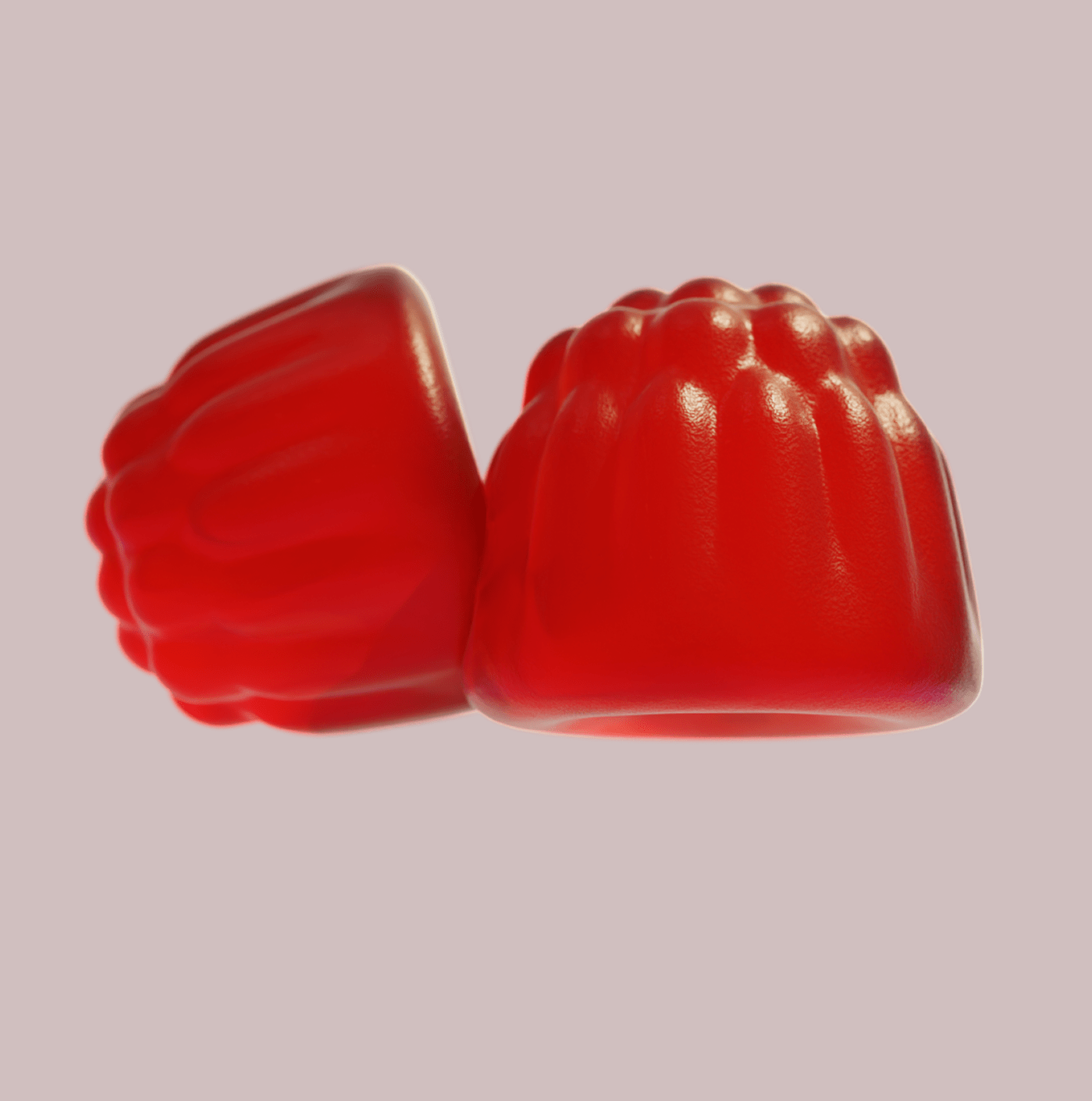The Hidden Sugar in Your Favourite Autumn Coffees
As the weather cools and autumn leaves begin to carpet the streets, those seasonal coffee drinks start popping up everywhere. Pumpkin spice, maple hazelnut, and other sweet-flavoured lattes seem like cosy treats — a morning pick-me-up or a comforting ritual during the afternoon slump. But beneath their inviting aroma lies a hidden health cost: what looks like a harmless coffee can quickly turn into a sugary dessert masquerading as a drink.
A Sweet Problem in Disguise
For adults, the recommended daily limit for free sugars is 30 grams — yet just one seasonal latte can take you perilously close to that ceiling. And it’s not just adults enjoying them; children and teenagers are also drawn to these drinks, meaning the excess sugar habit often starts early.
Nutritional Comparison — A Closer Look
| Drink | Calories (kcal) | Fat (g) | Saturated Fat (g) | Carbohydrates (g) | Sugars (g) | Fibre (g) | Protein (g) |
|---|---|---|---|---|---|---|---|
| Starbucks Pumpkin Spice Latte | 266 | 9.4 | 6.4 | 33.8 | 32.9 | 4.7 | 9.1 |
| Costa Maple Hazel Latte | 233 | 11.2 | 7.7 | 23.6 | 13.4 | – | 8.4 |
| Pret Pumpkin Spice Latte | 183 | 4.7 | 2.9 | 25.5 | 24.6 | 0.5 | 9.3 |
Values are based on standard servings and may vary depending on milk choice, added syrups, and portion size.
The Blood Sugar Rollercoaster
The NHS recommends no more than 30 g of free sugar per day. These drinks often exceed that limit — and can have a dramatic effect on your blood sugar.
When you consume a sugar-loaded beverage, glucose floods into your bloodstream rapidly. Your pancreas releases insulin to shuttle that sugar into your cells. The problem? That rapid spike is usually followed by a sharp crash, leaving you tired, irritable, and craving even more sugar.
Over time, this pattern can lead to insulin resistance, a precursor to type 2 diabetes and metabolic syndrome. The caffeine in these drinks may temporarily mask the crash, giving a false sense of energy while your blood sugar swings unpredictably.
Coffee should energise, not deplete — yet when it’s paired with high sugar, it often does the opposite.
Immune System Impact — When You Need It Most
Excess sugar doesn’t just affect your energy. High sugar intake can impair immune function, reducing the efficiency of the white blood cells that fight infection.
During autumn and winter, when cold and flu viruses are more prevalent, your immune system is already under strain. Regularly consuming drinks that deliver nearly a day’s worth of sugar in one sitting can make it harder for your body to respond effectively to pathogens.
(While we’re on the topic of immune support, check out this blog or product.)
Coffee Can Be Healthy — But…
Coffee itself, when consumed without added sugar, offers benefits: improved alertness, antioxidant properties, and even links to longevity. However, when combined with excessive sugar, the short-term “energy boost” is followed by fatigue — often prompting another sugary pick-me-up and perpetuating the cycle.
These autumnal beverages may feel comforting, but nutritionally they’re closer to dessert than a drink.
The Bigger Picture — Balance and Awareness
This isn’t about banning seasonal coffees entirely — enjoyment matters! Awareness and moderation are key. Here’s how to enjoy those autumnal flavours without derailing your health goals:
- Skip the syrup or ask for fewer pumps. Every pump adds several grams of sugar. Your taste buds can adapt to less sweetness in as little as two weeks.
- Opt for smaller sizes. A small cup can significantly cut sugar and calories.
- Add your own spices. Cinnamon, nutmeg, or clove add flavour without sugar — or try making your own at home.
- Balance with protein and fibre. Pair your latte with a protein- and fibre-rich snack to slow sugar absorption.
- Treat it as occasional, not daily. Consistency matters more than perfection.
A Final Sip of Perspective
Seasonal coffees are part of what makes autumn feel special. But they also highlight how hidden sugars can sneak into our routines. By staying mindful of sugar content, supporting stable energy with balanced nutrition, and keeping sleep, hydration, and activity in check, you can enjoy the flavours of fall — without compromising your metabolic or immune health.
About the Author
Natalie Louise Burrows is a registered nutritional therapist (BANT, CNHC) and clinic director at Integral Wellness, a nutrition and health clinic specialising in cardiometabolic health.
Along with her clinic team of nutritionists, they help men and women regain their energy, control their cravings and avoid and reverse type 2 diabetes. They also address health conditions such as high blood pressure, high cholesterol, insulin resistance, fatty liver, and heart disease.
Click here to book a free call and find out how you can achieve your health goals.






Leave a comment
All comments are moderated before being published.
This site is protected by hCaptcha and the hCaptcha Privacy Policy and Terms of Service apply.